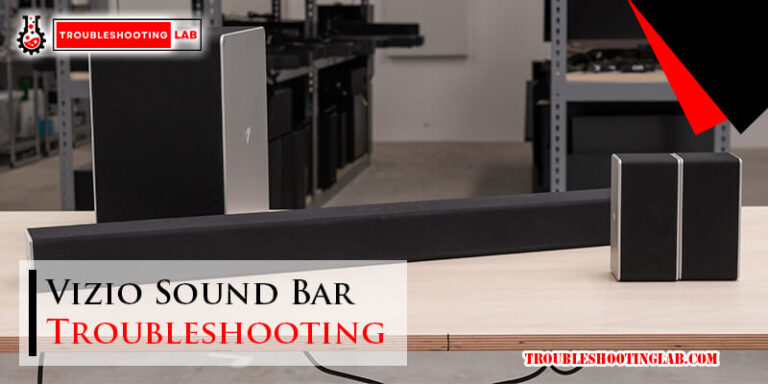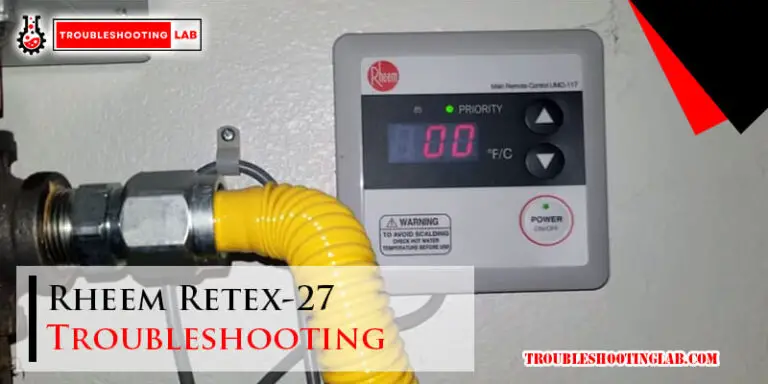Hearing Aid Troubleshooting: Quick Fixes and Proven Solutions
Are you facing issues with your hearing aid? Follow troubleshooting steps to identify and fix problems quickly.
Hearing aids are essential devices for many individuals to improve their quality of life by enabling better hearing. However, they can sometimes encounter issues that may disrupt their functionality. Understanding common troubleshooting techniques can help you address problems and ensure your hearing aid is working effectively.
From checking the battery to cleaning the device properly, these steps can make a significant difference in maintaining optimal performance. This guide will provide you with valuable insights into troubleshooting your hearing aid and ensuring you can continue benefiting from this valuable device.

Common Hearing Aid Issues
Hearing aid troubleshooting can help resolve common issues. Problems like weak sound, feedback, or malfunctioning controls can often be fixed at home. By following simple troubleshooting tips, users can ensure their hearing aids are working effectively and enjoy better hearing experiences.
Following are the common hearing aid issues that users may encounter:
inadequate Volume
If the sound is too low, check if the volume setting is appropriate.
interference Or Feedback
Feedback may occur if the hearing aid or earmold fits poorly or there is earwax blockage.
Quick Fixes
Hearing aid problems can be frustrating, but before seeking professional help, try these quick fixes:
Check Battery
1. Make sure to remove and reinsert the battery
2. Check for corrosion on the battery contacts
3. Replace the battery with a new one if necessary
Clean Hearing Aid
1. Use a soft, dry cloth to wipe the surface of the hearing aid
2. Check for any blockages in the microphone or receiver
3. Use a small brush to gently clean any debris
Remember: Regular maintenance can prevent many common hearing aid issues.
Proven Solutions
Hearing aid troubleshooting can be a common concern for users, but it’s important to focus on proven solutions that can address these issues. By understanding how to perform professional maintenance and adjust settings, individuals can easily overcome various hearing aid problems.
Professional Maintenance
Professional maintenance plays a crucial role in ensuring the optimal functioning of hearing aids. Scheduling regular maintenance appointments with an audiologist can help identify any underlying issues and prevent potential malfunctions.
- Regularly cleaning and inspecting the hearing aids can prevent the buildup of earwax and debris, which may impede the device’s performance.
- Replacing the batteries at recommended intervals is imperative to avoid unexpected power failures.
- Professional maintenance also involves checking for physical damage or worn-out components that may affect the device’s functionality.
Adjusting Settings
Understanding how to adjust the settings of your hearing aids can significantly contribute to troubleshooting various issues.
- Adjusting the volume levels to accommodate different environments or conversations can enhance the overall experience.
- Learning how to switch between different programs and settings enables users to optimize their hearing aids for specific situations.
- Utilizing additional features, such as directional microphones or noise reduction settings, can further improve the performance of the hearing aids.
Preventative Measures
When it comes to hearing aid troubleshooting, taking preventative measures is key to ensuring the longevity and optimal performance of your device. By incorporating regular cleaning and proper storage techniques into your routine, you can avoid common issues and maintain the functionality of your hearing aid for years to come.
Regular Cleaning
Regularly cleaning your hearing aid is essential for preventing buildup and maintaining its effectiveness. Here are some simple yet effective cleaning tips:
- Use a soft, dry cloth to wipe away any visible dirt or debris from the surface of your hearing aid.
- Remove earwax and other residue by gently brushing the device with a small cleaning brush or a toothbrush specifically designed for hearing aids.
Do not use water or any cleaning solutions, as they can damage the internal components. - Inspect the earmold or dome for any wax buildup and clean it using a wax removal tool or a damp cloth.
- Ensure the microphone openings and battery doors are free from any blockages by gently blowing into them or using a compressed air canister specifically made for hearing aid cleaning.
Storage Tips
Proper storage of your hearing aid when not in use is crucial for avoiding damage and preserving its functionality. Follow these storage tips:
- When removing your hearing aids, always open the battery door to allow ventilation and prevent moisture buildup.
- Store your hearing aids in a dry and protective case specifically designed for hearing aid storage. This will prevent dust, moisture, and accidental damage.
- Avoid exposing your hearing aids to extreme temperatures, excessive humidity, direct sunlight, and moisture-prone environments like bathrooms or swimming pools.
By implementing these preventative measures, you can significantly reduce the chances of encountering common issues with your hearing aid. Remember to consult your audiologist or hearing care professional for specific care instructions based on your device’s make and model.
Seeking Professional Help
When it comes to troubleshooting issues with your hearing aids, seeking professional help is often the best course of action. An audiologist is a specially trained professional who can diagnose and address any problems you may be experiencing. They have the knowledge and expertise to effectively troubleshoot your hearing aids and provide the necessary solutions to ensure optimal performance. In this section, we will discuss when it is appropriate to consult an audiologist and the warranty and repair services that can further assist you.
When To Consult An Audiologist
If you are experiencing persistent issues with your hearing aids that you’re unable to resolve on your own, it may be time to consult an audiologist. Some situations where seeking professional help is warranted include:
- If your hearing aids are producing distorted or muffled sounds.
- If your hearing aids have stopped working completely.
- If your hearing aids are causing discomfort or irritation in your ears.
- If you are consistently adjusting the volume or settings without improvement.
An audiologist will be able to identify the root cause of these problems and provide appropriate recommendations to address them.
Warranty & Repair Services
Many hearing aids come with a warranty that covers repairs and replacement parts. If your hearing aids are still under warranty and you are experiencing issues, it is advisable to contact the manufacturer or your hearing healthcare provider for assistance. They can guide you through the warranty process and arrange for repairs or replacement if necessary. It is important to review the terms and conditions of your warranty to understand what is covered and any associated costs.
In addition to warranty services, some hearing aid providers offer repair services for out-of-warranty devices. These services can provide expert repairs and maintenance to extend the lifespan of your hearing aids. Consulting with your audiologist or hearing healthcare provider can help you explore these options.
Remember, seeking professional help when troubleshooting your hearing aids can save you time, frustration, and potentially costly mistakes. Audiologists and hearing healthcare providers are there to support you in maintaining optimal hearing aid performance, so don’t hesitate to reach out for assistance when needed.
Frequently Asked Questions On Hearing Aid Troubleshooting
How Do I Know If My Hearing Aid Is Working Properly?
To check if your hearing aid is working properly, ensure it is turned on, clean the device, and perform a listening test.
Why Is My Hearing Aid Producing Feedback Or Whistling Noise?
Feedback or whistling noise from your hearing aid might be due to improper fit, earwax buildup, or malfunctioning components.
How Often Should I Clean My Hearing Aid?
Clean your hearing aid daily by wiping it with a soft, dry cloth and gently removing earwax buildup to ensure optimal performance.
What Should I Do If My Hearing Aid Gets Wet?
If your hearing aid gets wet, remove the battery, dry the device thoroughly, and consult your hearing care professional for further guidance.
Can I Get Custom Molds For My Hearing Aids?
Yes, custom molds for hearing aids are available to provide a secure and comfortable fit for individuals with various ear shapes and sizes.
Conclusion
Troubleshooting issues with your hearing aid can be frustrating, but with the right tips and guidance, you can address common problems effectively. By following the steps outlined in this post, you can ensure the optimal functioning of your device and enjoy a better hearing experience.
Don’t hesitate to consult a professional for further assistance if needed.





